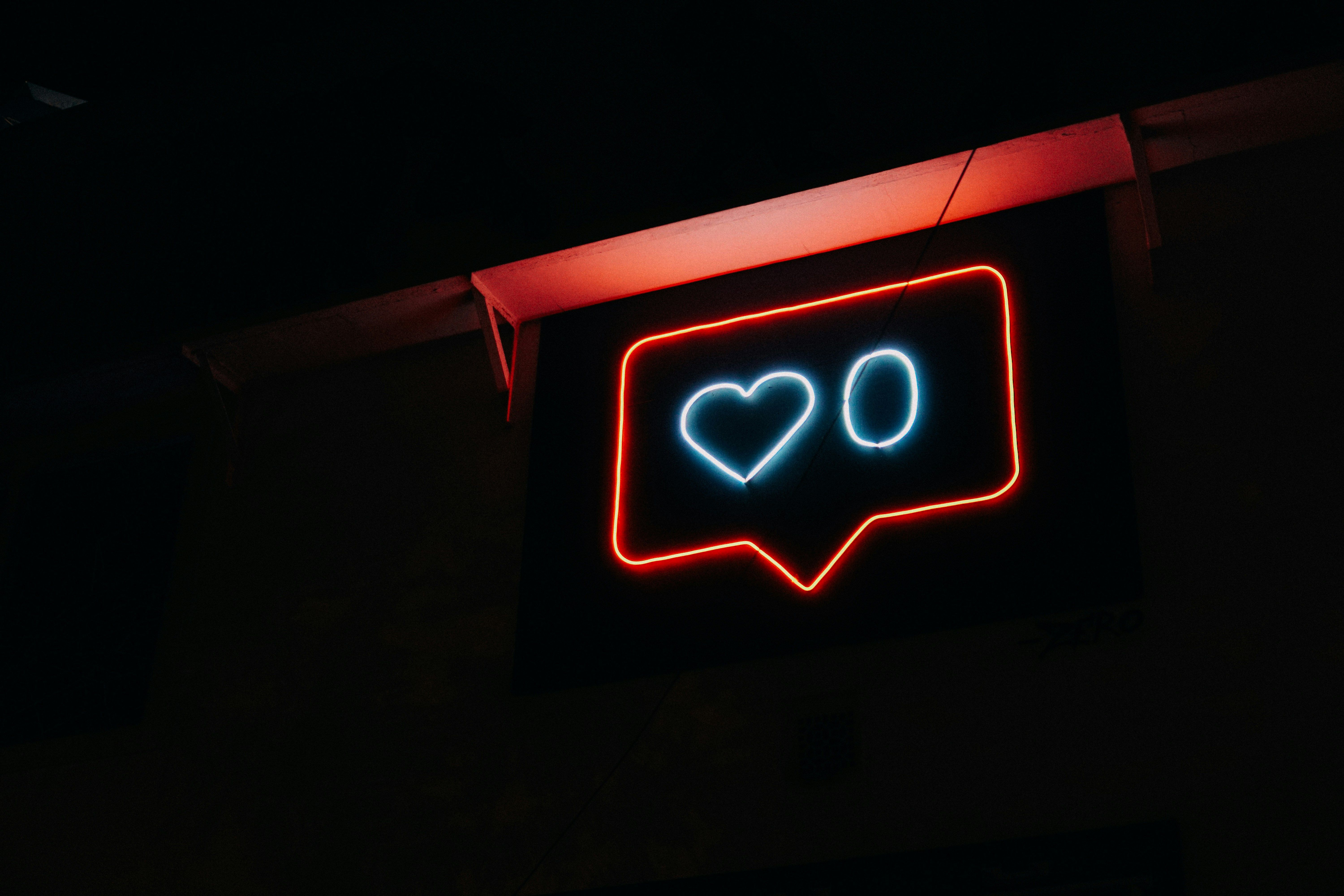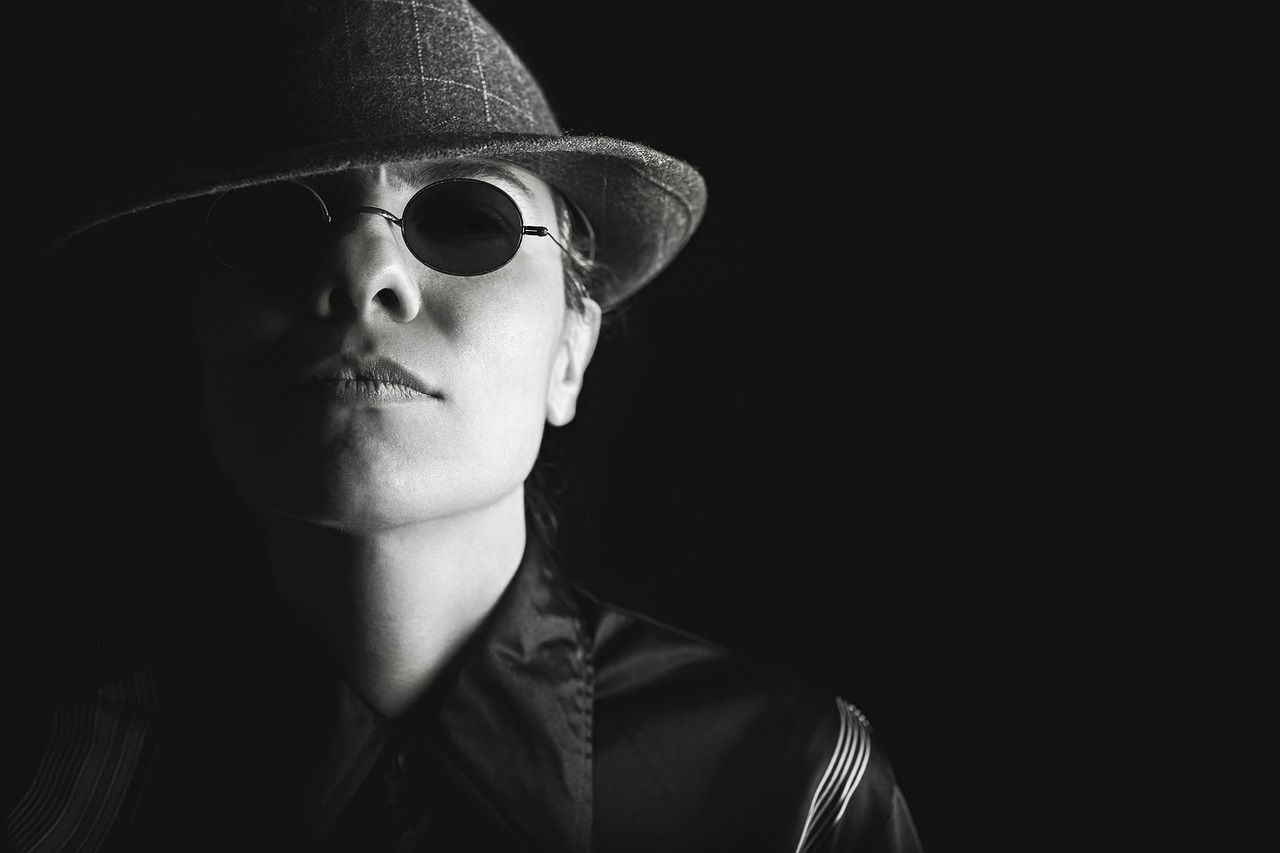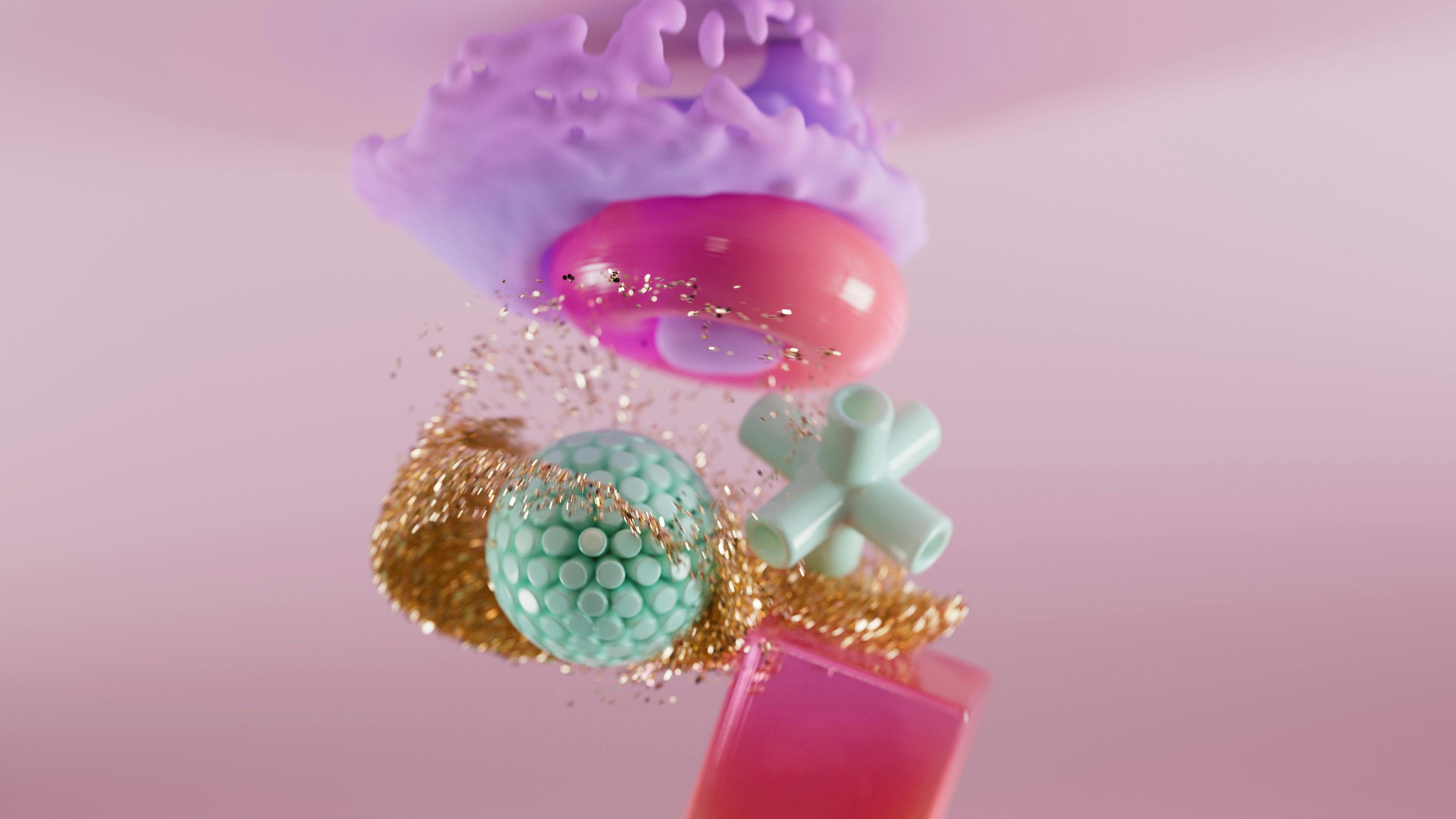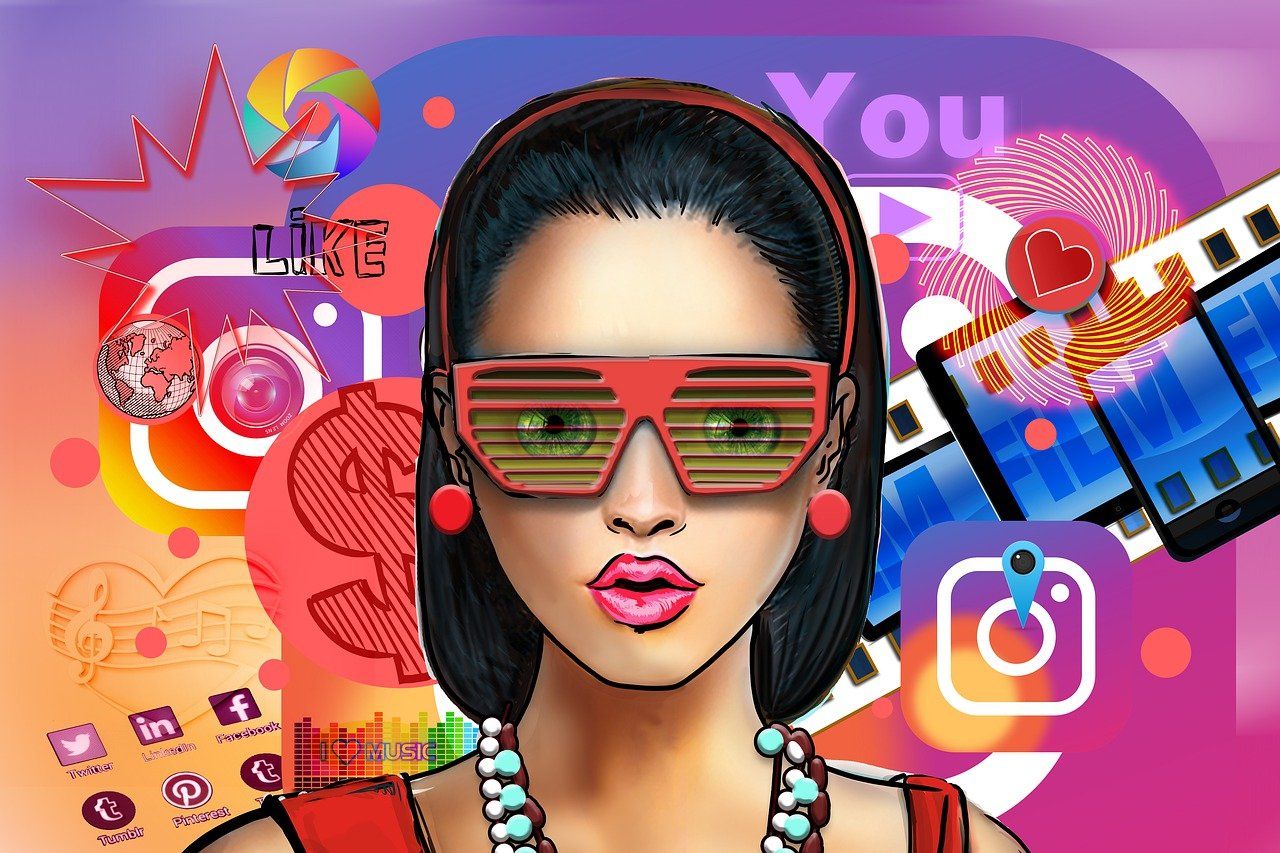In the ever-changing landscape of social media, a curious shift is occurring among the creative community. Many artists and creatives are transitioning from Instagram, a long-time staple for promoting artistic work, to a new platform called Cara. This exodus is primarily spurred by growing concerns over Instagram's parent company Meta's implementation of AI policies that use artists' original content without explicit consent.
What's Driving the Migration from Instagram to Cara

Image by Gerd Altmann from Pixabay
Discontent with Meta's AI Policies
Artists are increasingly concerned with how Meta (formerly Facebook), the parent company of Instagram, utilizes AI technologies. The implementation of generative AI systems that learn from publicly shared artworks is driving creators to seek alternatives. The core issue lies in Meta's use of these artworks to train AI without explicit consent from the artists, which is perceived as a misuse of intellectual property. This practice has been particularly contentious as it is compulsory for U.S. users, whereas European users can opt out due to GDPR protections. Consequently, many artists feel their creative rights and control over their work are being eroded under these policies, prompting a shift to platforms that respect and protect artist rights, like Cara.
Unique Features of Cara that Attract Artists
Cara has positioned itself as a sanctuary for creatives, focusing on features tailored to safeguard artists' work and foster a vibrant artistic community. Key attractions include:
- No AI Policy - Cara explicitly bans AI-generated content, establishing a platform dedicated to human-made art.
- Enhanced Data Protection - Integration with projects like Glaze from the University of Chicago ensures added protection against data scraping for AI training.
- Artist-Centric Features - Cara combines the visual appeal of Instagram with the functionality of professional networking sites, offering tools like a customizable portfolio, a social feed, and a job board specifically for artists. This blend of features caters to both the social and professional needs of creatives.
The Impact of this Shift on the Creative Community
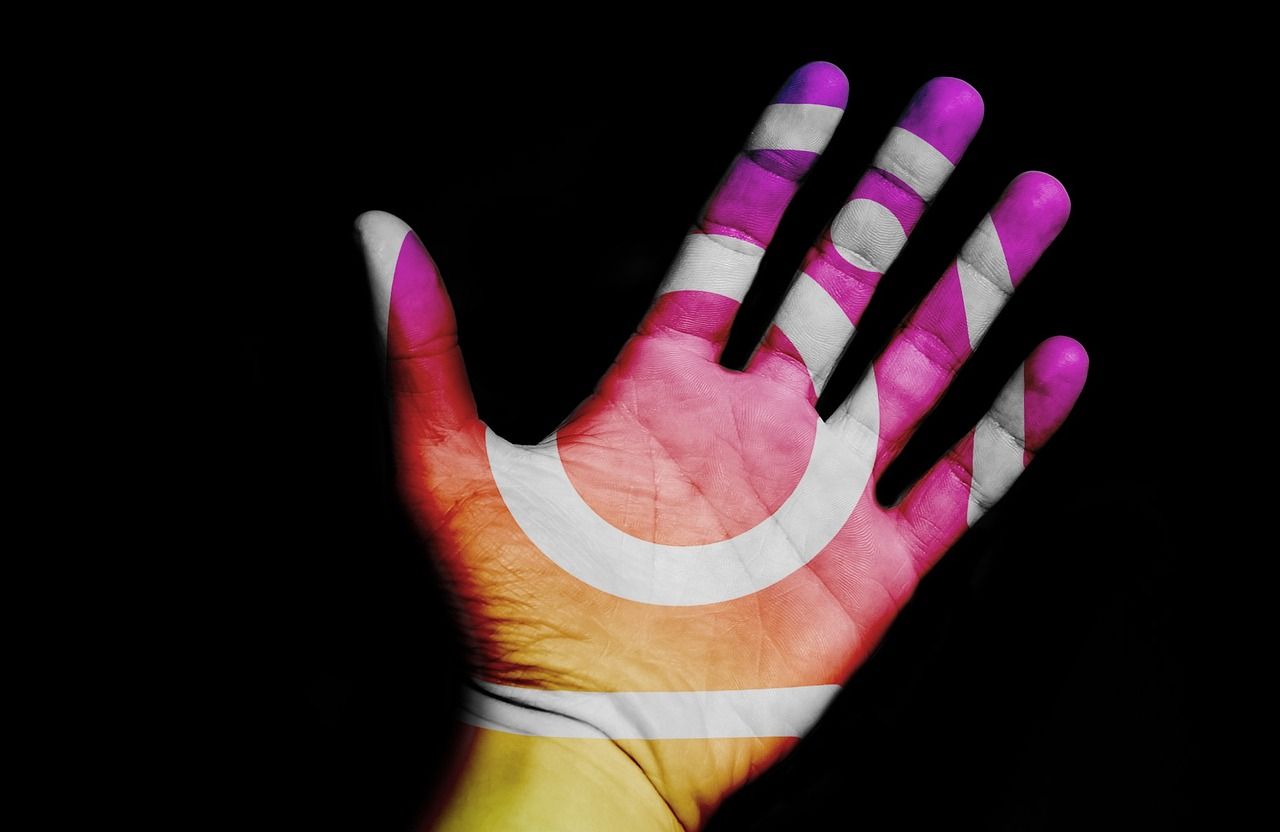
Image by Pete Linforth from Pixabay
Artist Experiences and Responses
The shift from Instagram to Cara has brought a variety of responses from the artistic community. Many artists express relief and enthusiasm about Cara’s artist-centric model, which offers a platform free from the pressures and ethical concerns associated with AI use in art. On Cara, artists find a community that understands and supports the integrity of creating and sharing art, which contrasts with the increasingly commercial and competitive environment on Instagram. This communal support empowers artists and fosters collaborations that might not have been possible in the more crowded and diverse environment of Instagram.
Legal and Ethical Considerations
The migration poses intriguing legal and ethical issues, primarily concerning copyright and intellectual property rights. Cara’s stance against AI-generated images and its proactive measures to protect uploaded content are in direct response to artists' fears about unauthorized use of their work. Additionally, the legal battles faced by Cara's founder Jingna Zhang highlights the fight for artists’ rights in the digital age, emphasizing the need for platforms that prioritize consent and proper attribution.
What Does the Future Hold in Social Media for Creatives?
Given the current trajectory, the future of social media for creatives will likely involve a continued push towards platforms that offer greater control and protection of intellectual property. Artists are becoming more aware of the implications of AI in art and are likely to gravitate towards services that transparently address these concerns. Platforms like Cara that prioritize ethical standards and artist control could set new benchmarks in social media, possibly "pressuring" larger platforms to reconsider their policies. The emphasis on community-oriented and niche platforms may intensify, as artists seek spaces where their work is respected and valued not just as content, but as a meaningful expression of human creativity.
In Summary ...
The migration of artists and creatives from Instagram to Cara represents a shift in the landscape of social media for creative professionals. Evidently, concerns over AI policies and the desire for a platform that honors and protects artistic integrity are driving this movement. Cara's rise in popularity, fueled by its staunch anti-Ai stance and community-first approach, highlights a growing demand for platforms that align more closely with the needs and values of artists.
The success of Cara will depend on its ability to maintain a user-focused environment that respects and safeguards the intellectual property of its creators. With time, Cara must address challenges related to scalability, financial sustainability, and the ongoing risk of data scraping, all while preserving the trust and satisfaction of its user base.
For any creative exploring new platforms, Cara offers a promising alternative to the increasingly commercialized and AI-driven environments like Instagram. However, the decision to switch should be weighed carefully with considerations about community, reach, and the potential long-term viability of the platform.

